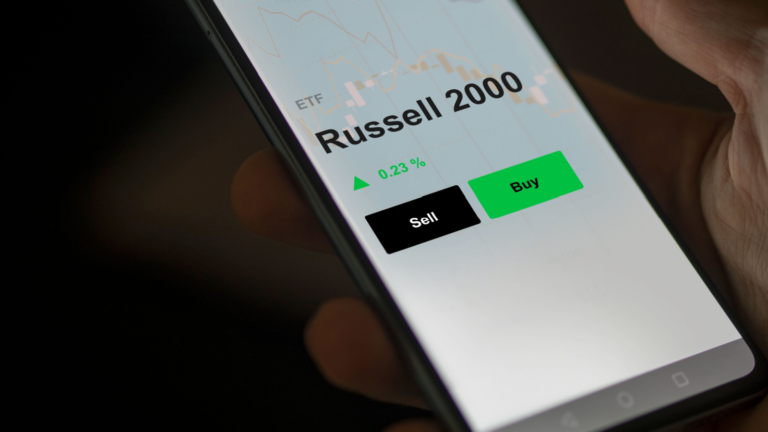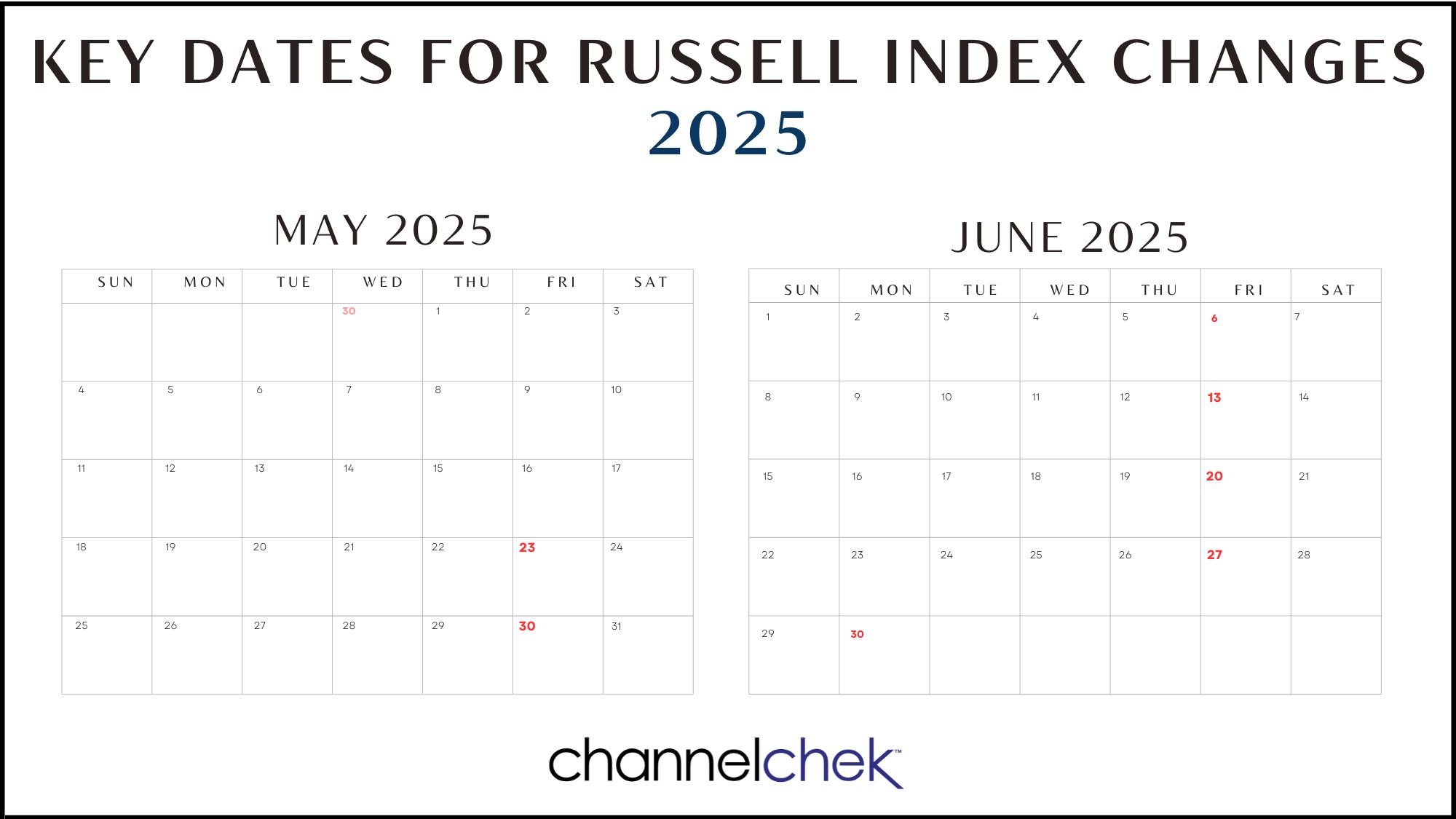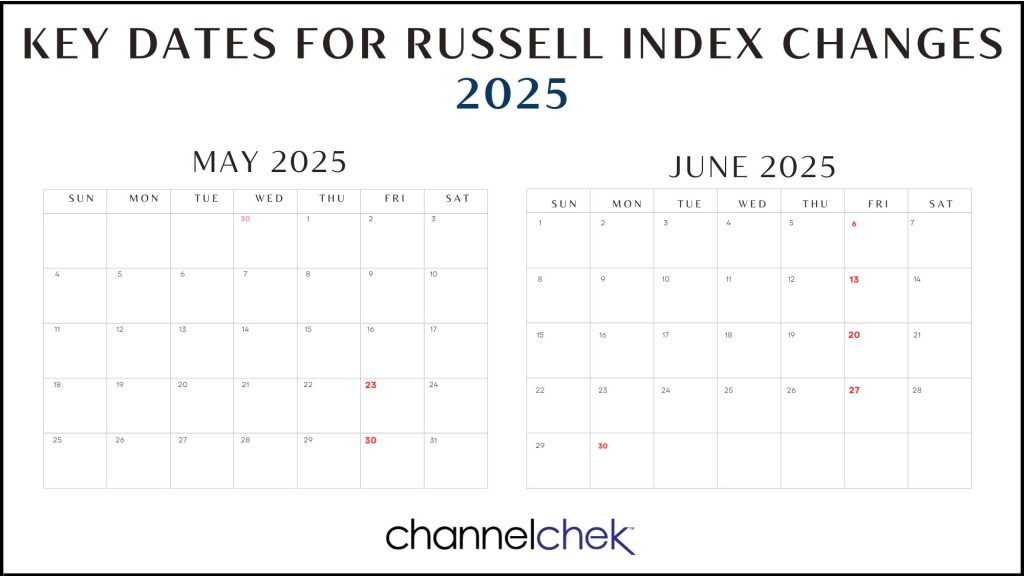The Russell 2000 Index, which tracks smaller and riskier U.S. companies, has staged an impressive rally in recent weeks — and analysts believe the momentum could last well into the next 12 months.
Since the end of July, the Russell 2000 has climbed nearly 10%, more than double the advance of the S&P 500. Wall Street strategists see room for an additional 20% gain in the index over the next year, compared to expectations of an 11% rise in the broader S&P 500, according to Bloomberg data.
The outlook is notable given small caps’ underperformance in recent years. Since 2020, the Russell 2000 has consistently lagged behind large-cap peers. Even after the latest rebound, the index trails the S&P 500 for 2025. However, analysts argue that a shift in monetary policy could change the dynamic.
With the Federal Reserve expected to begin cutting interest rates, borrowing costs for smaller firms are likely to ease, providing a meaningful boost to margins. Because companies in the Russell 2000 are more sensitive to credit conditions, lower rates could spark renewed investor interest and broaden a bull market that has so far been led by large-cap names.
Recent market reactions highlight the trend. After new inflation and jobs data reinforced expectations for Fed rate cuts, the Russell 2000 rose 1.2% in a single session, outpacing the S&P 500’s 0.7% gain. Investors appear to be positioning for an extended period of small-cap outperformance.
Corporate earnings are also helping the case. In the second quarter, more than 60% of Russell 2000 companies beat profit forecasts, with average revenue growth surpassing expectations by 130 basis points. Stronger earnings, combined with rate cuts and attractive valuations, provide what some strategists describe as a compelling setup for small-cap equities.
Valuations remain a central theme. While the Russell 2000’s price-to-earnings ratio has risen to slightly above its long-term average following the recent rally, the index still trades at a wide discount to large-cap stocks. This valuation gap, coupled with improved sentiment, suggests further upside potential.
Options activity reflects the growing bullish stance. Data from Cboe Global Markets indicates stronger demand for upside calls on the Russell 2000 than on the S&P 500, showing investors are positioning for continued gains in areas where they remain underexposed.
Fund flows are also supportive. Passive investments into small-cap funds have turned positive, reversing prior outflows. Some strategists caution that sustained gains will still depend on broader economic momentum, but improving earnings revisions and investor interest point to a constructive backdrop.
Wall Street firms including Barclays, Goldman Sachs, and U.S. Bank have highlighted small caps as an underappreciated segment with significant catch-up potential. If the Fed delivers the expected series of rate cuts, the coming year could see the Russell 2000 play a leading role in U.S. equity markets for the first time in years.
















